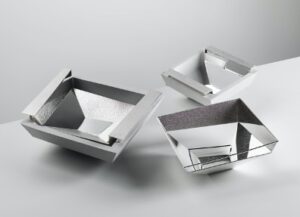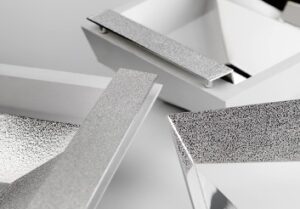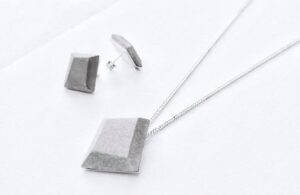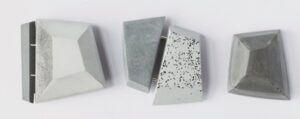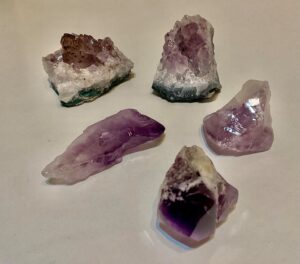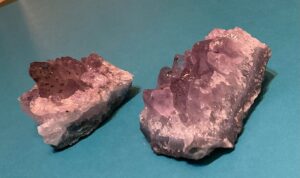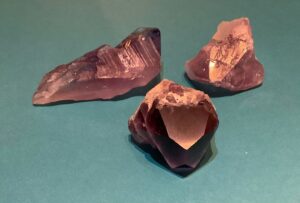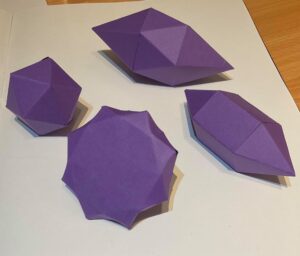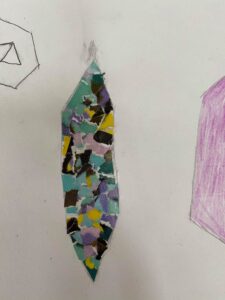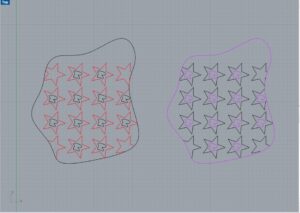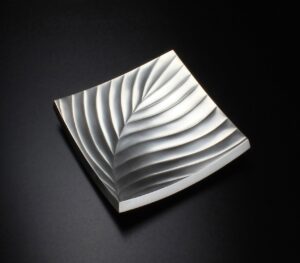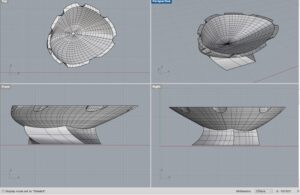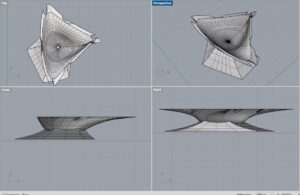Allie Anderson
She is a silversmith and jeweler who proceeded from the Glasgow School of art Silversmithing and Jewellery BA with a distinction in 2017. She is inspired by the atmosphere around Glasgow such as the current architecture and manufacturing structures of the city. She plans to explore the connection between the physical scale of these buildings by reinterpreting them into silverware. She uses a mixture of textured and accurately scored silver forms which are together with hand cast jesmonite to produce a divergence between material, surface and weight. She was presented a gilded award for Small-workers 3D design which was for her three textured Sterling silver and Jesmonite bowls. She was granted a Goldsmiths’ Precious Metal Funding to produce the bowls.
